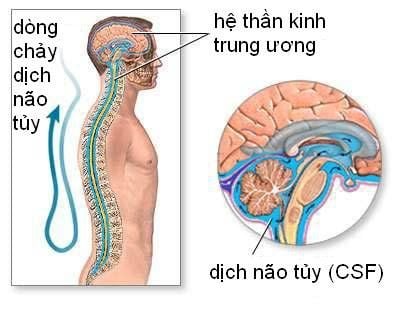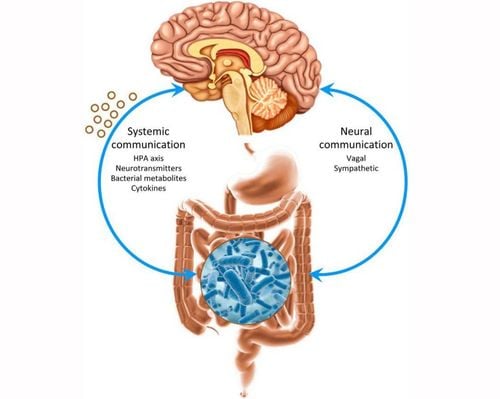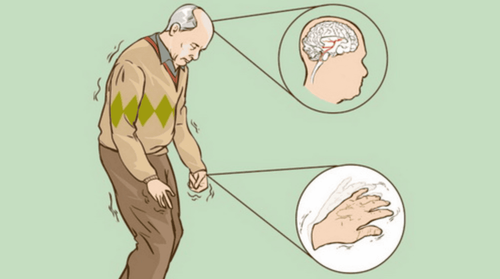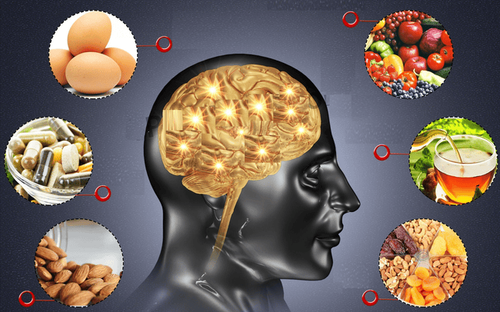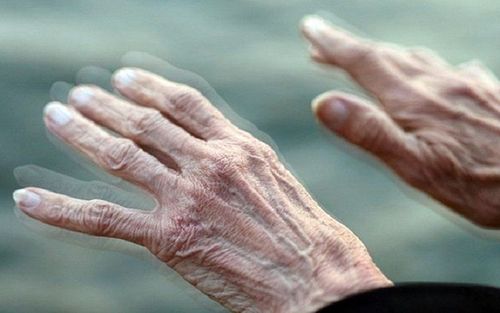This is an automatically translated article.
The brain is a very important organ in the human body, playing a dominant role in many human activities. Therefore, understanding brain anatomy or brain structure along with brain function will help to get a clearer view of how this organ works in the body.1. Brain Anatomy and Brain Function
The brain is the most important part of the human body, it can help us understand the information around us, coordinate our behavior and feelings and emotions. The brain receives and processes information at the same time through 5 senses that are vision, smell, hearing, taste and touch, so it has a very detailed structure.The brain controls memory, thinking, language, behavior and many other functions in the human body. The brain is closely related to the human nervous system, including the central nervous system.
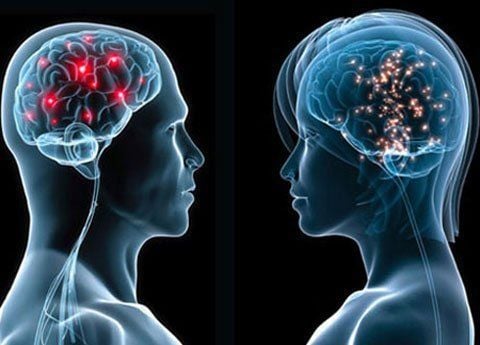
Não bộ kiểm soát được trí nhớ, suy nghĩ, ngôn ngữ, hành vi và nhiều chức năng khác
Anatomy of the meninges: Is the outer layer of the brain, avoiding collisions when the skull is damaged. The meninges consist of 3 layers going from the outside to the inside: the dura mater, the arachnoid membrane, and finally the choroid. The dura has 2 layers, the periosteum and the dura, which has no elastic properties, so the meningeal wrinkles have a protective effect on the brain. The arachnoid membrane is thinner and softer, covering the brain and most especially the subdural space, which holds many important functions for the central nervous system. The choroid has many blood vessels inside to nourish the brain, and the space between the arachnoid and the choroid is the subarachnoid space containing the cerebrospinal fluid inside. Anatomy of the brain: This is the largest part of the brain, including the left and right cerebral hemispheres, between these two hemispheres is the separating groove, also known as the interregional fissure. In each hemisphere, the brain is divided into lobes with very different functions. For the frontal lobes, the frontal lobe is the largest, located in the frontal area of the brain that governs high-level behaviors such as movement, handling situations, judgment, emotional control... The parietal lobe is located behind. The frontal lobe is responsible for organizing as well as processing information received from the sensory organs. The temporal lobes, located on either side of the head at the level of the ears, are responsible for visual memory, language and emotional understanding. The occipital lobe is the back part of the brain that helps in reading and understanding words and other vision-related problems. Anatomy of the cerebellum: The cerebellum is the back part of the brain and is located below the occipital lobe that has fine motor functions and coordinates many small movements together, helping the human body to be maintained in a state of balance. equal. Median Brain Anatomy: The mediastinal brain includes thalamus, epithelium and hypothalamus, in which the thalamus is considered as a relay station for the received signals to continue to enter the brain and thalamus also holds the tasks of human consciousness, sleep as well as human memory. The epithelium is an intermediate brain structure that can connect the limbic system and other brain structures, closely related to human emotions, behavior and long-term memory. An extremely important organization in the homeostasis of the human body is the hypothalamus, which carries out physiological cycles of the body every day, typically the cycle of going to sleep and waking up, The hippocampus is also responsible for appetite control, temperature regulation, and hormone production. Brainstem Anatomy: The brainstem anatomy consists of 3 parts: the midbrain, pons, and medulla. The midbrain is involved in eye activities and vision and hearing problems. The pons is the largest organization in the brain stem, located below the midbrain and has cranial nerves running here with many different functions related to the movements and sensations of the eyes, nose and mouth. ... and other facial structures. The medulla is at the lowest position in the brain structure and is responsible for controlling cardiopulmonary function.
2. Symptoms of brain diseases
Once the brain is affected or damaged, it can lead to many different medical conditions, be it brain injury, brain damage such as stroke or brain aneurysm, brain tumor. , neurodegenerative disorders and psychiatric diseases.Some of the symptoms of encephalopathy are:
Brain injury: Including symptoms such as headache, vomiting, disorientation, dizziness, drowsiness, fatigue, slurred speech, slurred speech, and confusion. Dilated death on one or both sides, ear and nose discharge, convulsions, vision loss, ringing in the ear, memory loss, psychological instability... Cerebral vascular injury: Trauma symptoms Cerebral blood vessels often appear suddenly such as severe headache, inability to see, cannot speak, paralysis, coma... Brain tumor: Brain tumor appears with symptoms that are difficult to distinguish from other diseases. other brain such as headache, nausea, vomiting, difficulty walking, inability to coordinate movements, loss of appetite, convulsions, loss of concentration... Neurodegeneration: Memory loss, inability to balance when walking, moving, psychological instability... Mental illness: fear, guilt, depression, difficulty concentrating, moodiness, suicidal ideation, delusions, paranoia delusions, hallucinations, irritability... Brain anatomy is a very broad field n because this is an extremely complex structure of the human body, consisting of many small parts responsible for different brain functions. Therefore, it is necessary to understand the brain structure so that when there are any abnormal changes, it can be identified early and taken the patient to a medical facility for examination.
Vinmec International General Hospital is one of the hospitals that not only ensures professional quality with a team of leading medical doctors, a system of modern equipment and technology. The hospital provides comprehensive and professional medical examination, consultation and treatment services, with a civilized, polite, safe and sterile medical examination and treatment space.
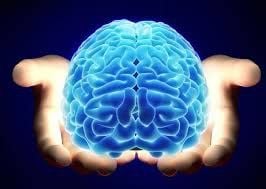
Giải phẫu não là một lĩnh vực rất rộng lớn vì đây là một cấu trúc vô cùng phức tạp của cơ thể người
Please dial HOTLINE for more information or register for an appointment HERE. Download MyVinmec app to make appointments faster and to manage your bookings easily.




